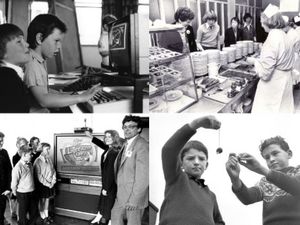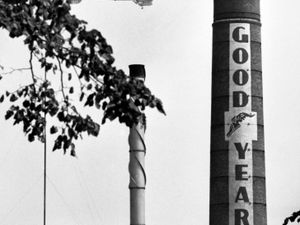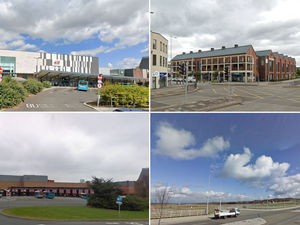Flashback – May 1980: Curtain closes on Ludlow's Clifton cinema
1980: For every Shropshire cinema which has closed forever, there will be a film which becomes a historical footnote, as the last movie shown there.
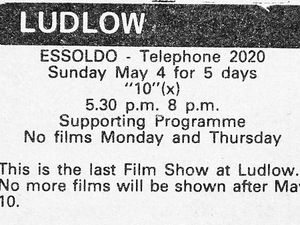
For Ludlow's Clifton cinema, it was "10," a romantic comedy starring Dudley Moore and Bo Derek.
Its showing on Saturday, May 10, 1980, marked the end of the Clifton, which stood in Old Street, as a cinema.
The writing on the wall had come in 1979 when it was sold to a bingo firm, and by the time of the last movie showing, it was holding bingo on two days a week, and afterwards switched entirely to an Essoldo bingo hall.
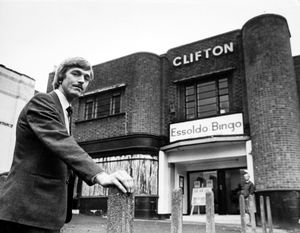
The cinema closure was fiercely opposed by residents.
"I know the town is up in arms and this, that, and the other, but you can't run a business if they're not going to support it," said Essoldo managing director John Livingstone.
He also defended the painting over of murals depicting a hunting scene either side of the stage in the building.
A switch to bingo did not prove the building's salvation.
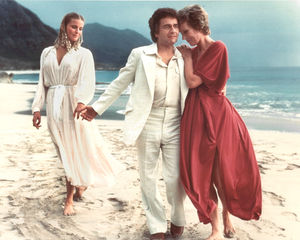
Essoldo Bingo closed in December 1986. There followed a big fight to try to save the building, but to no avail. It was demolished in April 1987.
Incidentally, part of the cinema building – the bit with the big window on the left-hand side as you went in – had been our home, serving as newspaper offices, with the Shropshire Star downstairs, and weeklies upstairs.
For the start of the story, we must go back to September 24, 1938, which was opening day. A big film star, Jean Gillie, performed the honours.
According to the Shrewsbury Chronicle’s account of the event, Miss Gillie said amid laughter that she liked opening new cinemas because the more there were the more work there was for her to do.
The programme of films shown, the report went on, included, besides the main film and news, a publicity film of Ludlow prepared by Ludlow Chamber of Commerce, and a news film of the 1932 Grand National, which had a local winner – Alderman Parsonage’s Forbra.
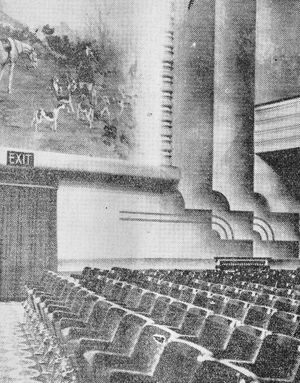
The cinema itself was said to be of impressively simple design, with seating for 712 people, including 204 in the balcony.
However, according to the recollections of former cinema worker Bob Passey, of Richards Castle, speaking at the age of 77 in 2007, it should have been a 1,000-seater.
As originally envisaged, the cinema would apparently have been symmetrical. But it was not built that way, the reason being that even in the late 1930s parking was an issue, so the right-hand part was omitted, meaning there could be a car park.
Mr Passey had started at the cinema in 1944, went into the air force in 1948, and returned to the Clifton until 1958. He was a projectionist.
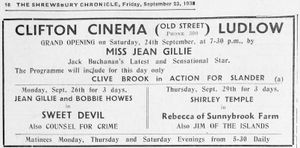
On opening, the floor was Wilton carpeted and the seats were described as huge and luxurious. The decoration included a huge scene painted on each side of the proscenium, a contemporary picture showing that at least one of these was of a hunting scene.
More information comes from a copy of the souvenir programme, which told how the cinema had been built throughout of steel and concrete and was “absolutely fireproof”. Manager Frederick Farley came “direct from Winchester” where he had been in charge of a new theatre.
The opening programme started at 7.30pm with the national anthem, and after the opening by Miss Gillie there followed a varied programme of entertainment which included a cartoon, a Pathe News film, and the main film “Action For Slander” starring Clive Brook and Ann Todd.
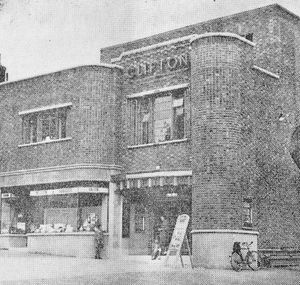
The programme also gave the hours of opening. On Mondays, Thursday and Saturdays there was a continuous programme from 2.30pm, and on Tuesdays, Wednesdays and Fridays, there was a continuous programme from 5.30pm – these were the days in cinema when you could watch a film and then sit tight and watch it all over again.
Miss Gillie, a great beauty of the day, would have been aged 22 at the time she opened the cinema. She went on to marry the American film director Jack Bernhard while he was stationed in Britain during the war, and later moved to the United States, but when the marriage failed she returned to Britain. She died young, aged just 33, of pneumonia.


